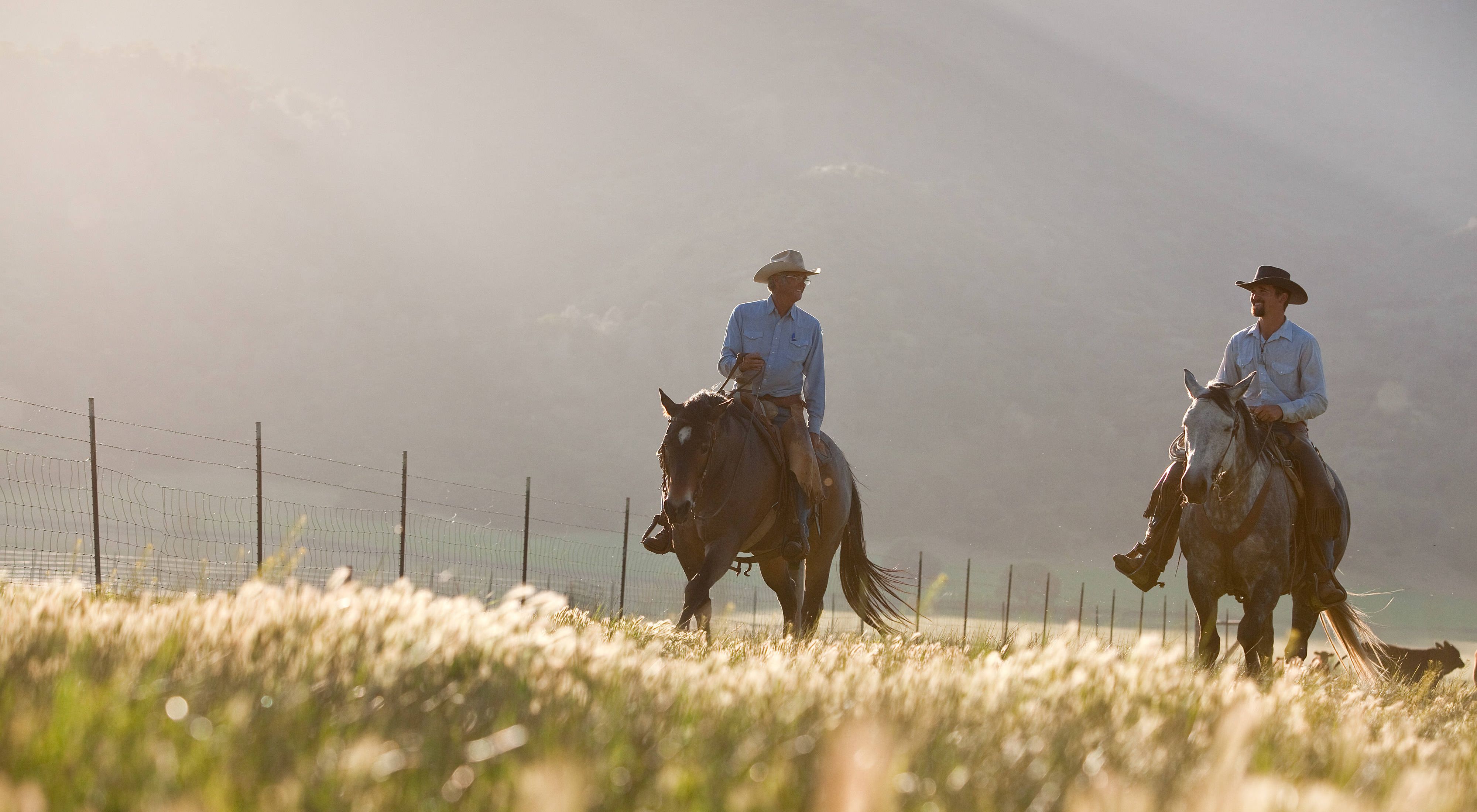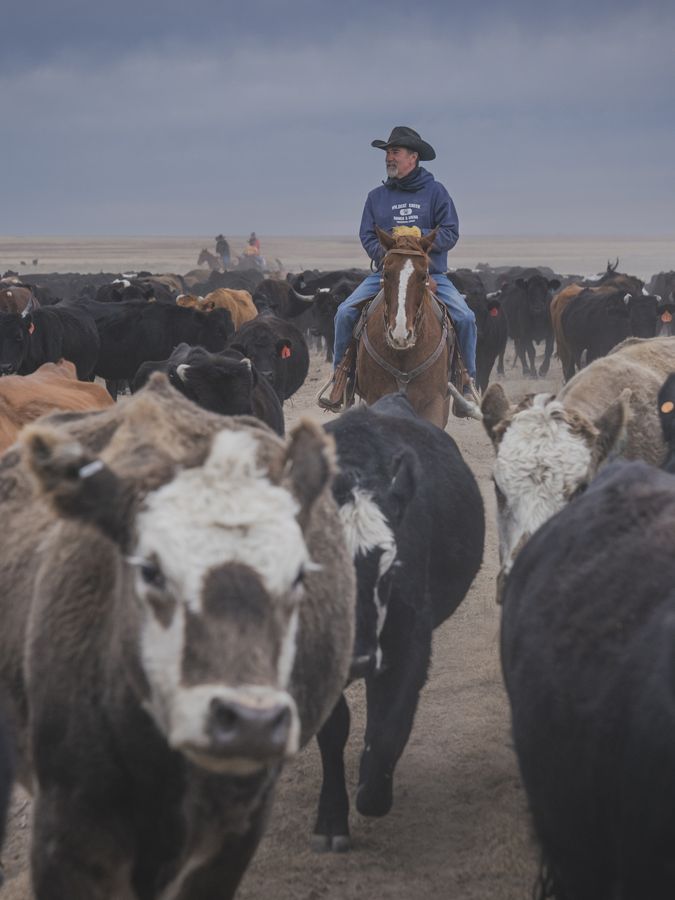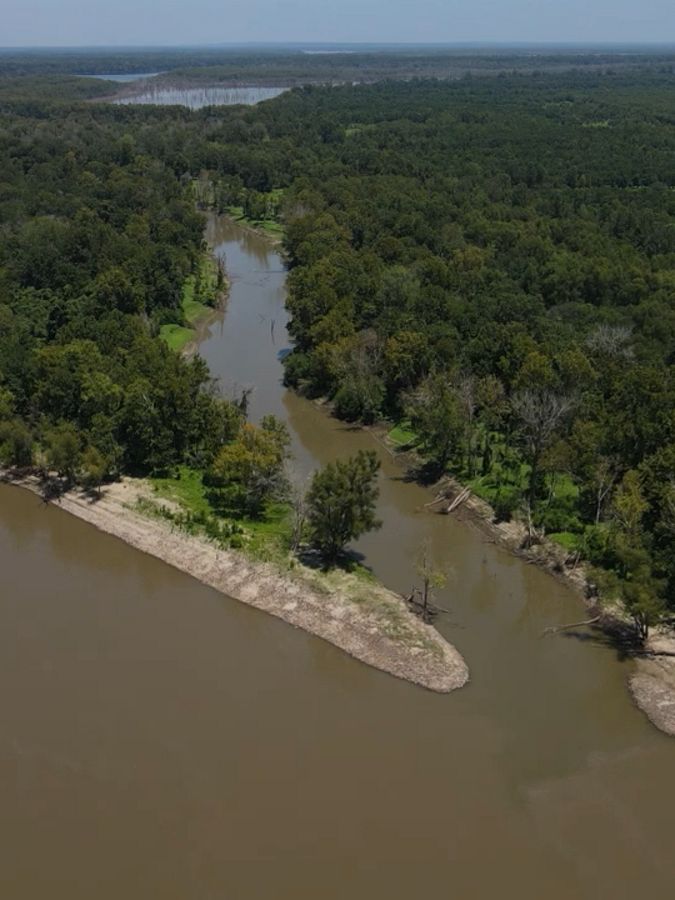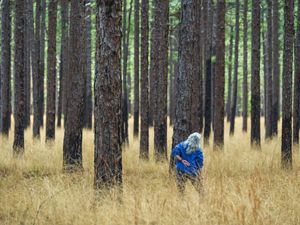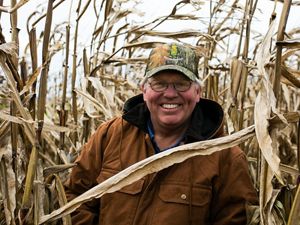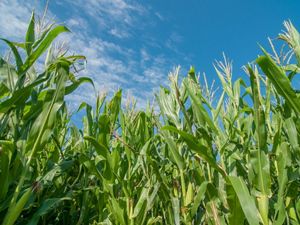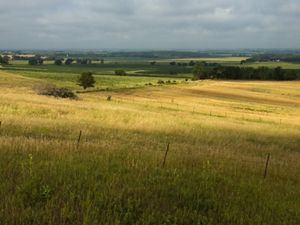The Farm Bill is America's largest investment in the voluntary conservation, restoration and management of America’s private lands.
What is the Farm Bill?
The Farm Bill provides voluntary, incentive-based programs that help farmers, ranchers and other landowners address climate change while conserving their land and way of life. It's the single largest source of U.S. federal funding for conserving, restoring and managing private land, including grasslands, forests, ranchlands and croplands.
The Farm Bill provides $6 billion annually for conservation. From incentivizing climate-smart agricultural practices to opening doors for permanent conservation through agricultural conservation easements, this critical bipartisan legislation benefits every single state in the country. Over 70% of the land in the lower 48 states is privately owned, making it eligible for Farm Bill programs that help spur healthier soils, cleaner water, carbon sequestration and wildlife habitat conservation. The Farm Bill remains one of the country's most successful and important conservation programs.
Take Action Now
Urge Congress to pass a Farm Bill that supports conservation and communities.
Add Your NameThe Farm Bill Impacts All Americans
-
140M
Through the Farm Bill, farmers and ranchers have voluntarily enrolled 140 million acres in conservation programs
-
46M
The agriculture industry supports millions of jobs in the U.S.
-
70%
In the lower 48 states, 70% of land is privately owned and eligible for Farm Bill programs
-
2M
There are more than 2 million farms covering 475 million acres of land in the U.S.
Policies We Want to See in the Next Farm Bill
-
Bolster Regenerative Agriculture
Farmers and ranchers experience frequent and severe weather events that threaten their livelihoods and our food supply. Incentivizing regenerative agriculture practices and increasing technical support can help farmers and ranchers better meet the challenges of the climate crisis. The Farm Bill should continue to fund programs such as the Environmental Quality Incentives Program (EQIP), which provide financial assistance to producers who implement sustainable agriculture practices on their land.
-
Conserve Significant and Sensitive Habitats
Grasslands are critical for livestock agriculture and are one of the most effective carbon sinks. Wetlands provide habitat for fish and wildlife, improve water quality and mitigate flooding. The Farm Bill supports farmers, ranchers and landowners who choose to conserve their working lands and wetlands through the Agricultural Conservation Easement Program, which pays producers to protect their lands from the threat of development to help address species loss, climate and water challenges.
-
Improve Water Quality and Supply
Farming, ranching and forestry are key drivers of water use in the U.S. TNC supports programs that create solutions to our shared yet diverse water challenges. The next Farm Bill can ease the risk of flooding and increase drought resilience by creating new floodplain easement options, modernizing the Watershed Protection and Flood Prevention Program and increasing technical assistance through the Natural Resources Conservation Service to help producers adopt water conservation practices.
-
Accelerate a Clean Energy Transition
We need to rapidly scale climate solutions, including clean energy. A robust Farm Bill guarantees rural America a say in renewable energy deployment by funding and facilitating farmer, rancher and landowner participation in the clean energy economy. The next Farm Bill should maintain robust funding for Energy Title programs that support renewable energy investments in rural America—most importantly, the Rural Energy for America Program.
-
Promote Equity and Inclusion
Institutional and structural barriers have historically prevented socially disadvantaged farmers, ranchers, forest-owners and underserved communities from accessing Farm Bill programs. The next bill has the opportunity to center equity in conservation to support the needs of local communities. This can be done by increasing funding for programs that assist socially disadvantaged groups, as defined by the USDA., in acquiring land and expanding access to the Farm Service Agency Microloan Program.
-
Maintain Healthy and Resilient Forests
America’s forests are disappearing at an alarming rate. A robust Farm Bill could restore degraded forests and keep existing forests healthy. We're advocating for boosting programs such as the Forest Legacy Program and the Collaborative Forest Landscape Restoration Program that promote sustainable forest management policies, support strong markets for forest products and promote long-term forest health through reforestation and wildfire resilience practices.
Next Steps for the Farm Bill
The Farm Bill is one of our biggest opportunities to make meaningful, substantial gains for conservation.
The 2018 Farm Bill was the most conservation-focused yet, increasing funding for easements that help farmers conserve their lands, enacting new policies to improve the management of private forest lands, and many other steps.
Congress only renews the Farm Bill every five years, so we need to build on the success of 2018 to prioritize conservation while supporting the rural communities that care for and work on these lands.
In November 2023, Congress voted to extend the current Farm Bill for one year—until September 30, 2024. Farm Bill programs have been in limbo since the bill expired at the end of September so this extension ensures there will not be a gap in funding for programs that support farmers, ranchers and conservation efforts across the country.
As Congress continues to debate these vital measures, we urge them to invest in a Farm Bill that will support healthy food and soils, clean water, strong communities and a robust economy.

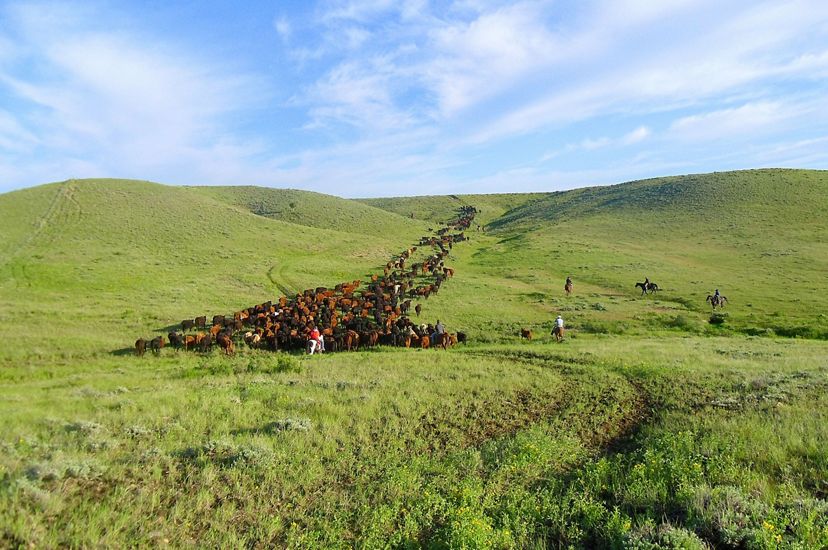

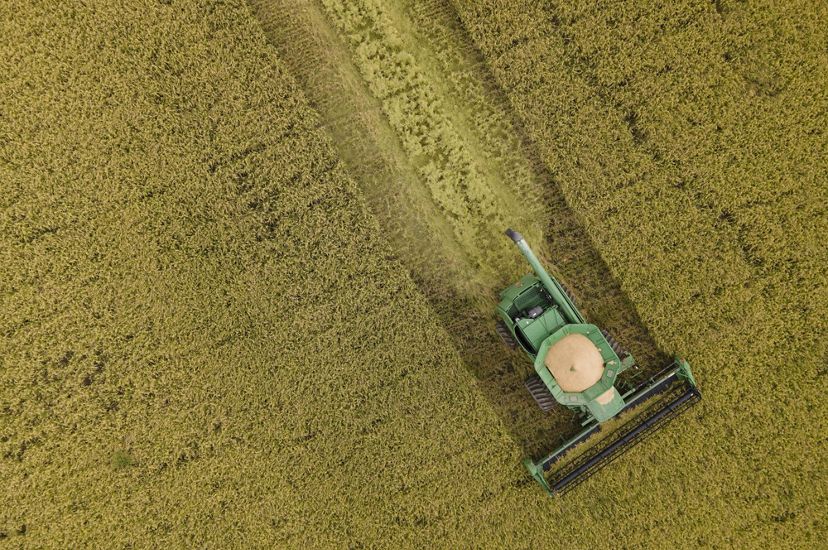
Go Deeper: How the U.S. Farm Bill Supports our Policy Priorities
- Download TNC's Fact Sheet on the Farm Bill (.pdf)
- Conserving and Protecting Grasslands (.pdf)
- Promoting Regenerative Agriculture Practices (.pdf)
- Increasing Equity and Inclusion through the Farm Bill (.pdf)
- Improving Water Quality and Supply (.pdf)
- Restoring Healthy and Resilient Forests (.pdf)
- Accelerating the Clean Energy Transition (.pdf)

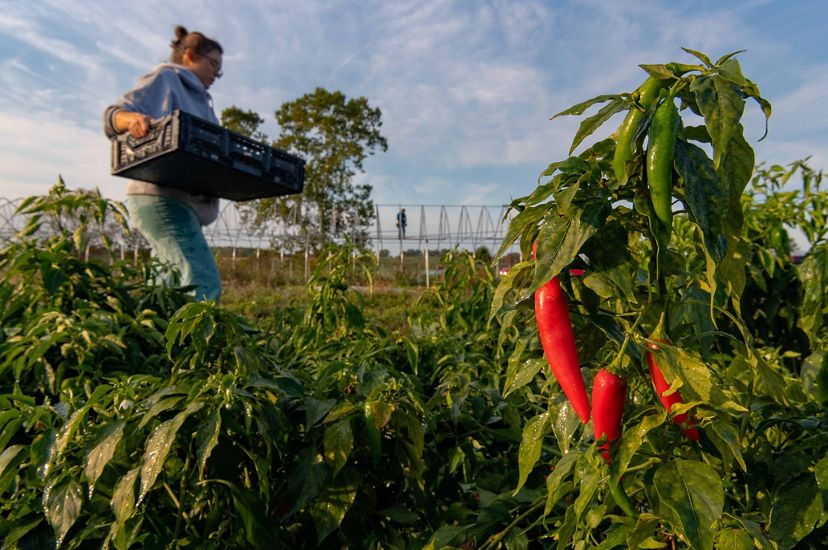
Critical Farm Bill Programs and Policies

Regional Conservation Partnership Program
Increasing the restoration and sustainable use of soil, water and other natural resources on a scale large enough to make a significant impact is daunting at times—but it’s important work that benefits us all. The best approach is often working with partners in strategic areas to address the most critical conservation needs with as many hands as possible.
The Regional Conservation Partnership Program (RCPP), introduced in the 2014 Farm Bill, makes this approach possible. Starting with federal resources, RCPP brings new partners and new funding to the conservation table, maximizing the impact.
RCPP empowers communities and drives public-private partnerships to find local, innovative solutions to complex natural resource challenges for watersheds and landscapes. To date, RCPP has mobilized more than 2,000 conservation partners who have invested about $1.4 billion, doubling the amount of federal funding for these projects.
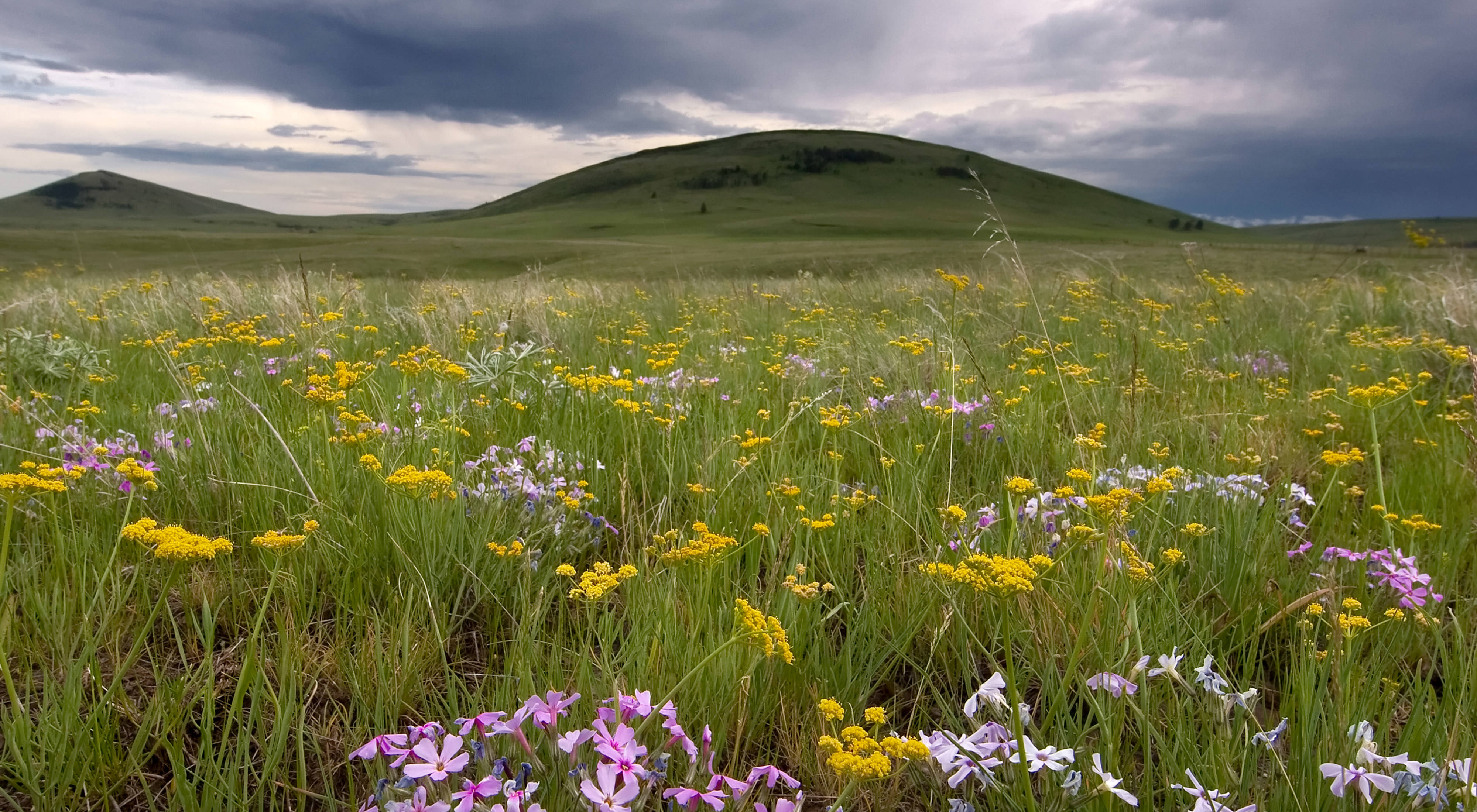
Conservation Easement Programs
Conservation easements are one of the most potent and practical tools available for the permanent conservation of private lands in the United States. They are voluntary, legally binding agreements that limit certain types of uses or prevent development from taking place on a piece of property now and in the future, protecting the property’s ecological and open space values.
For more than 40 years, easements have protected wildlife habitat and open space from development, kept land in private hands and generated significant benefits for the public.
The Agricultural Conservation Easement Program in the Farm Bill includes two vital components: Agricultural Land Easements and Wetlands Reserve Easements. Agricultural Land Easements protect the long-term viability of the nation’s food supply by preventing the conversion of productive working lands to non-agricultural uses, while Wetlands Reserve Easements improve water quality and supply, provide habitat for fish and wildlife and support outdoor recreation.
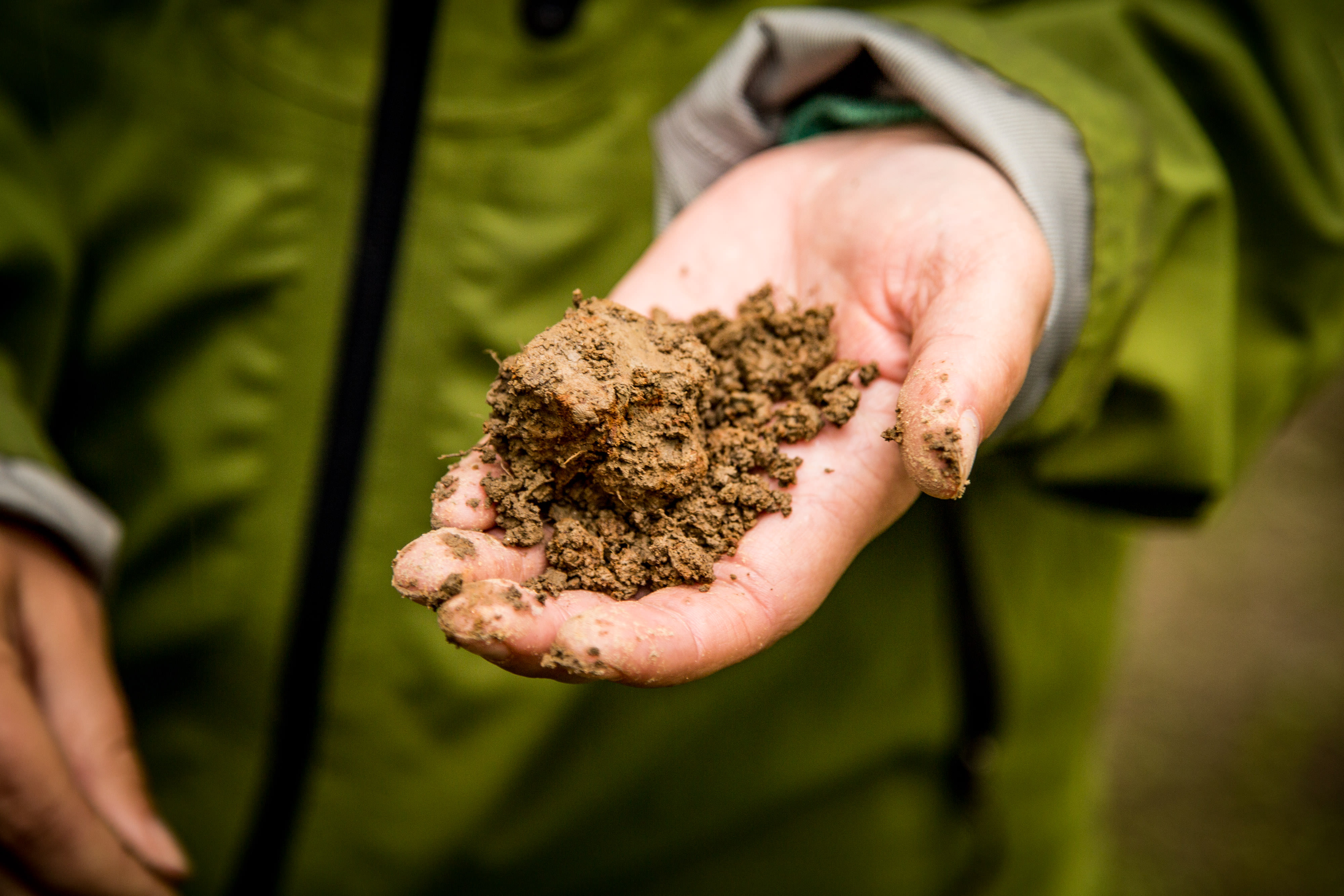
Improve Soil Health
Healthy soil is the cornerstone of life on Earth. It facilitates ecosystem diversity, amplifies food production, allows for effective water filtration and storage and captures soil carbon, which helps reduce the impacts of increasingly variable weather patterns.
The Farm Bill helps improve soil health by increasing the number of acres managed with soil health and nutrient stewardship practices through programs like the Environmental Quality Incentives Program.
Suppose farmers can manage nutrients more efficiently to reduce runoff and restore wetlands to capture nutrients escaping their fields. In that case, it will lead to cleaner waterways and drinking water. And, since excessive nutrient runoff from farms and other sources contributes to algal blooms, it would slow the growth of dead zones that contaminate drinking water and suffocate aquatic life.
Support Farm Bill Conservation Programs
Urge Congress to fund Farm Bill conservation programs in 2024. We need a Farm Bill that supports healthy food and soils, clean water, strong communities and a robust economy.

Learn More About the Farm Bill
-
The Farm Bill supports America's farmers, ranchers and forest stewards through a variety of programs that promote conservation practices, provide loans and grants, facilitate training and education and protect landowners from disasters. At a time when many farmers and ranchers are failing to make a livable profit, the Farm Bill provides a critical safety net for landowners and can play a significant role in combatting climate change. Other provisions authorized by the Farm Bill include support for food assistance programs, such as the Supplemental Nutrition Assistance Program, or SNAP, which provides funds so low-income families can purchase groceries.
-
The Farm Bill is typically renewed every five years. Congress has enacted 18 Farm Bills since the original bill was passed in the 1930s. The most recent bill expired on September 30, 2023. A continuing resolution was passed in November 2023 to extend current Farm Bill programs, including those that support conservation, for one year until September 30, 2024.
-
The Farm Bill is the biggest investment the federal government makes in private lands conservation annually, so the reauthorization of its programs is a top priority for both the agriculture and environmental community. The reality is that passing Farm Bills is becoming more difficult. Several recent Farm Bills have been reauthorized months, even years, later than they were supposed to be passed. The 2018 Farm Bill was extended until September 30, 2024, so most of the Farm Bill’s conservation programs are safe for now, including many that TNC has long advocated for such as the Environmental Quality Incentives Program, Regional Conservation Partnership Program and Agricultural Conservation Easement Program. But several programs remain at risk unless a Farm Bill is passed soon. It’s critical that Congress uses this extra time to craft a bill that builds on the remarkable progress of its predecessor and that will help forge a sustainable, productive future for our lands and way of life.
-
The Farm Bill titles can change with each new bill, but the 2018 Farm Bill had twelve titles. TNC’s policy priorities and work is focused on several of those key titles, including conservation, forestry and energy to name a few. Learn more about the Farm Bill titles and what they cover.
